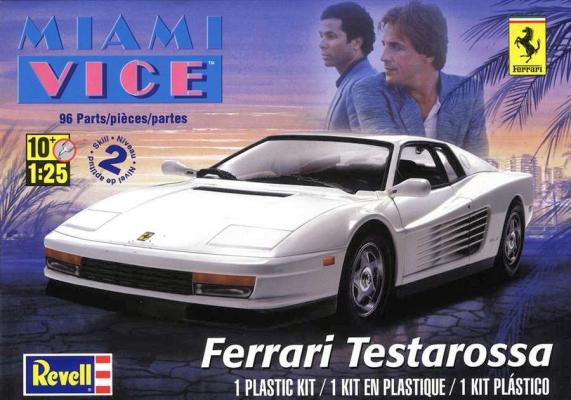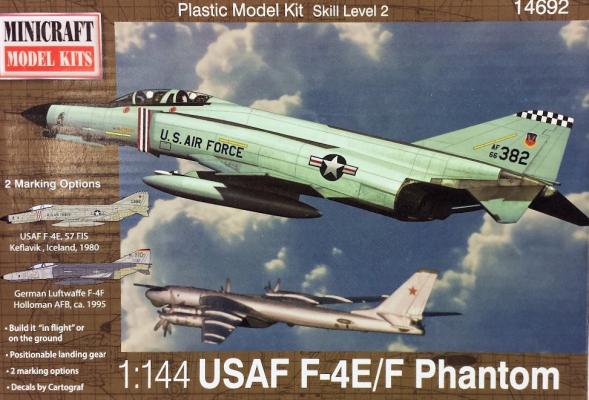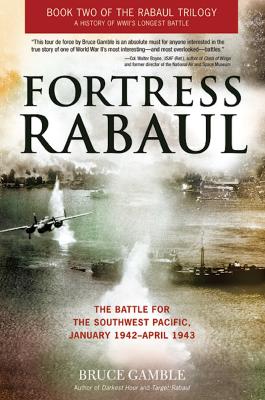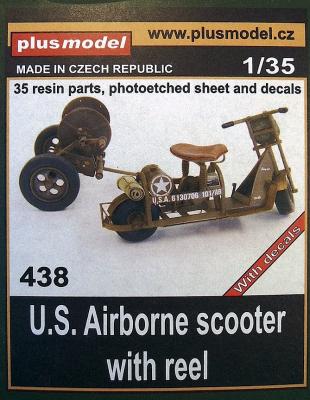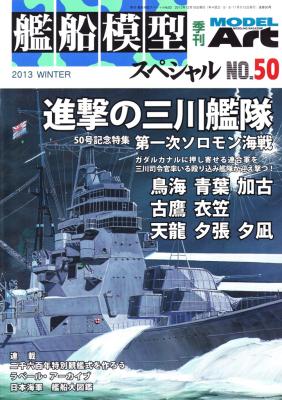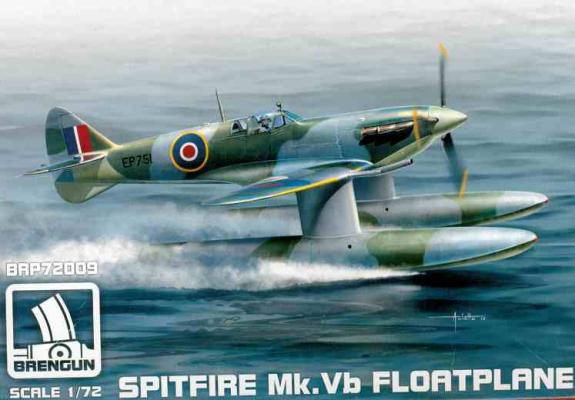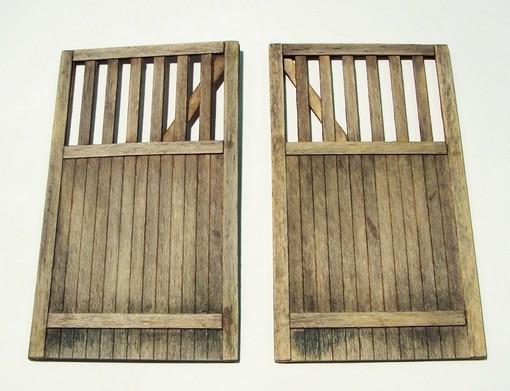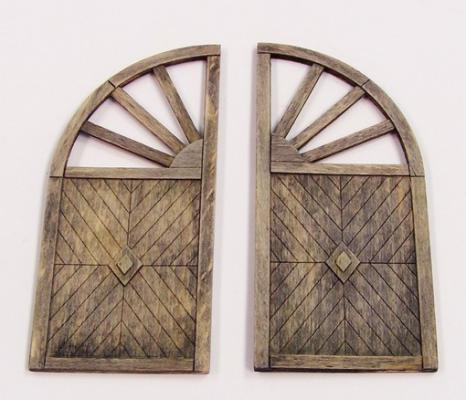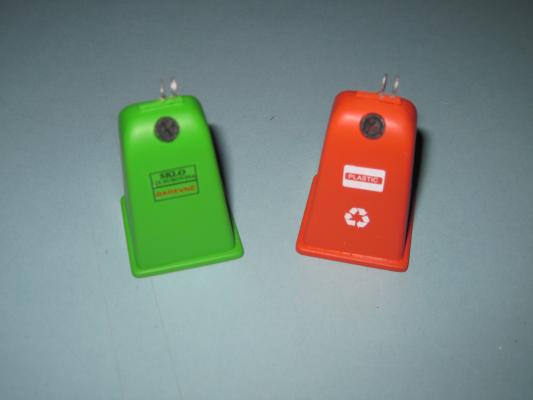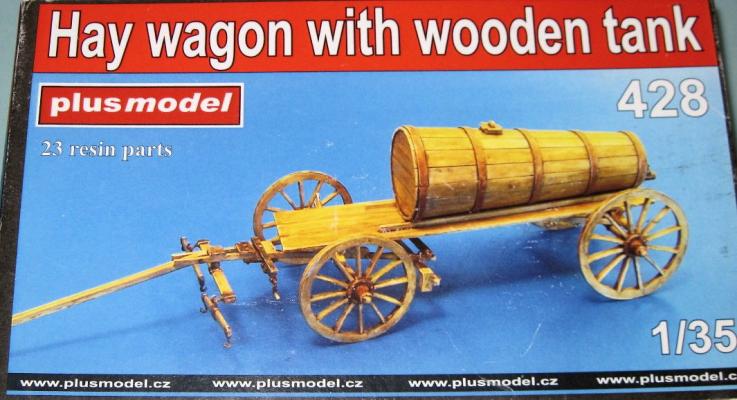Sonny Crockett, Rico Tubbs and Elvis (not the Legendary Singer) were all familiar names for anyone growing up in 1982. Fast Cars, Fast and sexy women, drugs, guns and fast boats! What was not to want or like? Even the Music rocked! OK…maybe not rocked but definitely top 10 hits. If none of this is ringing bells, you definitely missed out on MIAMI VICE. This was one of NBC’s crown jewels in the hit series. Men’s fashion, pop song stars, and the automotive industry were all influenced by this five year series. The theme song alone garnered two Grammy awards. People Magazine stated that Miami Vice “was the first show to look really new and different since the color TV was invented”. Now that is a pretty bold statement. Two distinct, expensive and beautiful cars were also featured in the series. There was a black 1972 Ferrari Daytona Spyder 365 GTS/4 and a white 1986 Ferrari Testarossa! The Sypder was actually a kit car based on a 1980 Corvette chassis.
What's New
The McDonnell Douglas F4 Phantom II needs no introduction, so I’ll skip over the history of this famous aircraft and simply specify that the F-4E has an extended nose to house an internal M-61 Vulcan cannon. The “E” was the most built variant, with almost 1400 units completed. F-4Es, in addition to use by the USAF, were sold to Germany (as the F-4F), Greece, Iran, Israel, South Korea, and Turkey
Minicraft’s F-4E comes in a small, sturdy, top-opening box. The cover illustration is of an F-4E from the USAF 57 FIS, Keflavik, Iceland. Inside are three sprues, two in light gray, and one in clear. There are thirty-three light gray parts and one in clear. As would be expected with the low parts count, the instructions are simple and clear, with assembly broken into eight basic steps. Two large diagrams cover the paint and decal schemes. Model Master paints are called out.
Rabaul?
How many have heard of it? How about the significance it played in WWII in the South Pacific?
Now, what if I mention these actions: Guadalcanal, The Slot, Battle of Bismarck Sea, the Battle of the Coral Sea, or the shoot down of Admiral Yamamoto, just to mention a few. Do these sound familiar? I bet they do. One major connecter to them all. Rabaul.
Having an interest in military history during WWII, I was familiar with many of the actions above but I had not heard of Rabaul prior to reading this book. Now I understand the importance of this island.
This is a nice little (very little) kit that has great potential as a vignette or diorama accessory. This kit is not for the faint of eyesight or those with more than their share of thumbs, but can be a nice one or two day build. The kit is a challenging ‘craftsman’ type build, but that adds to the enjoyment for an experienced modeler.
This is Model Art Magazine’s special quarterly issue that focuses on naval subjects. As with the regular Model Art Magazine this is printed in Japanese with some English subtitles.
The feature article in the Winter 2013 Special Ship Model Edition covers the Battle of Savo Island. The issue starts off though with some new releases that will be hitting model benches soon.
The Battle of Savo Island was the first major naval battle of the Guadalcanal campaign. Model Art devotes ninety-two pages to this battle with period photos, charts, line drawings, one fold out full color drawing of the IJN Heavy cruiser Chokai in action at Savo Island and of course models. The models are the biggest part of the article. They range from full build articles to photos of completed models.
History
The first real consideration of making floatplane fighters out of the Spitfire and Hurricane came during the 1940 Norwegian Campaign, and work began on both aircraft at that time. At the end of the campaign, development ended, and the Hurricane project was stopped. Known as the “Narvik Nightmare”, the Spitfire project languished until just before Pearl Harbor, when work was reinstated, this time with the Mk. Vb airframe. This time, instead of Blackburn Roc floats, specially designed Supermarine floats were used, along with additions to the vertical fin to offset the aerodynamic effects of the floats. The result was a highly successful conversion, with excellent flying and water handling characteristics. In fact, it turned out to be the fastest floatplane fighter of World War II.
Plusmodel continues its laser etched wood releases with a straight sided gate. This set is made from laser cut wood and contains two sheets of cut wood parts with 26 parts. The set also comes with directions to construct the gates.
Construction starts by removing the parts from the backing. There are small attachment points which are sanded flat. I used clear Elmer's glue for all the building. One note here. If you are going to stain the parts or paint them later, watch where the glue goes as it will fill the wood and leave some issues with the paint or stain working. To start, the door panels are two parts- back and front. This allows for depth which is great. I added glue and aligned the pieces and added weight to keep flat while drying. Once done, the framework on both sides is added and I glued and clamped these also. Plusmodel provides a nice diagonal frame on one side which is great. Once dry, the parts were given a light sanding with a fine grit paper/stick.
Plusmodel has made a rounded top European wood gate. This set is made from laser cut wood and contains two sheets of cut wood parts, about 43 in total. The set also comes with directions to construct the gates.
This kit from Plusmodel are two sorted waste containers for recycling...modern garbage cans! This would fit great into a modern diorama. The kit comes with 10 resin pieces, a small photoetch fret with four pieces and a small decal sheet. It makes two containers.
Construction is simple. Remove the pour spout from the container and the base. and glue together. There are three parts glued to the top and then the photoetch covers. These are excellent with one part being the flaps to push in the recycling and then a ring securing it. It did take some putty on the side of the main container at the mold lines but one application and a quick sand and done.
Plusmodel out of the Czech Republic continues its great diorama accessories this kit of a European style wagon with a wooden tank in 1/35 scale. the kit is entirely resin with 27 gray resin parts and a small piece of wire. The parts molding is excellent with wood grain molded in subtly to the parts. The base of this kit is similar to the hay wagon in its undercarriage with the base and tank included. As with any resin kit, each part will need cut from its pour block and cleaned. The parts are well done but it pays to take care here. I used a fine razor saw and cut the parts loose and scraped/sanded away the molding lines. Once done, I washed the parts in dish soap and warm water in case there was mold release and the parts were ready for assembly.

